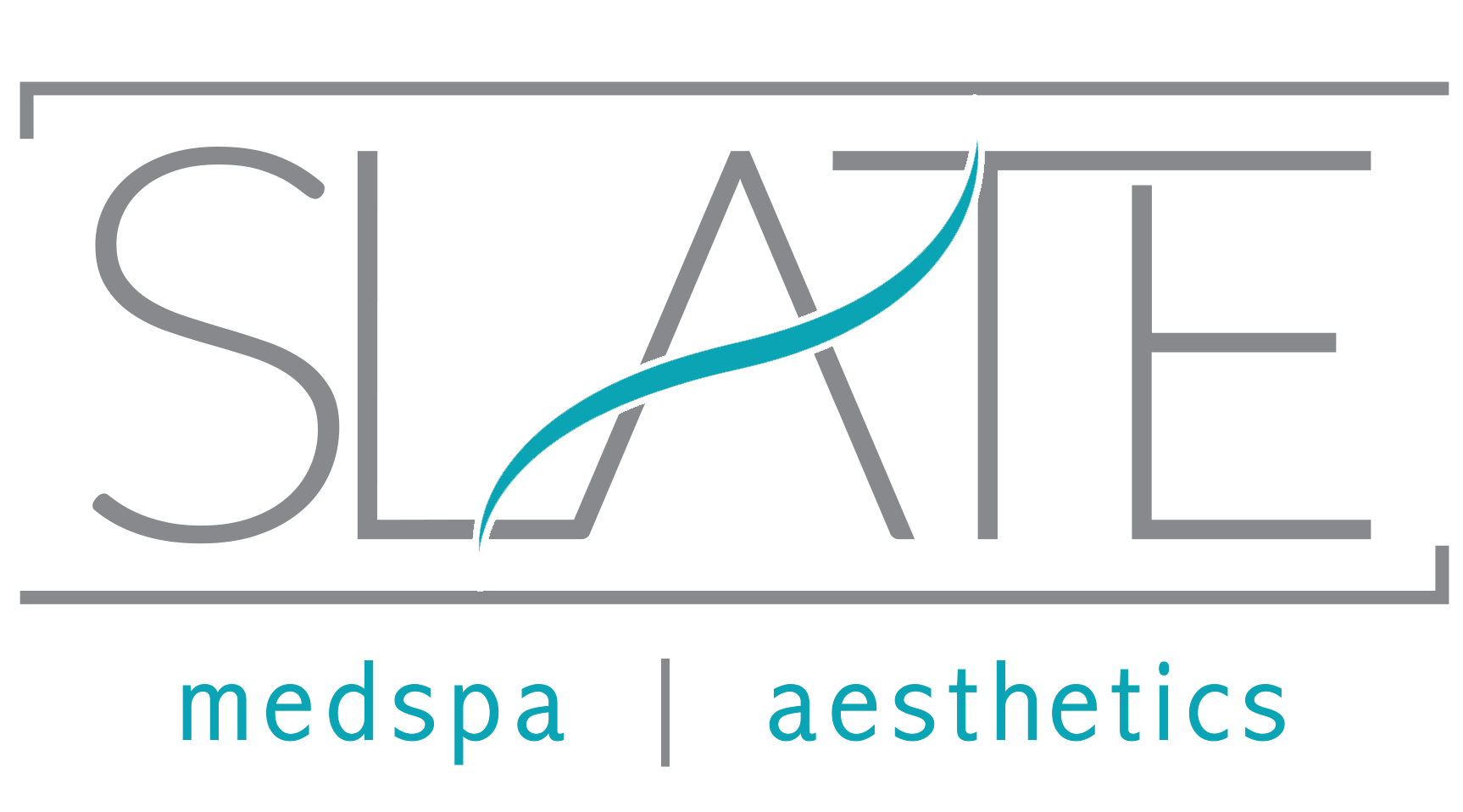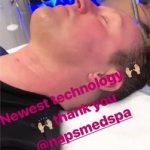The Scary Skin-Care Trend That Actually Works

VIVACE | Sabrina Weiss | greatist.com |
When someone tells you that a great way to improve your skin is to puncture it thousands of times, you wouldn’t be blamed for being skeptical. For one, ouch. And for another, aren’t we (as in all living beings) supposed to avoid being wounded?
But that’s exactly the deal with microneedling, the trendy procedure that dermatologists and beauty magazines have been hyping for years—because it works. It’s not cheap and it’s not magic, however, so here’s some more info you’ll want before you go poking holes in your face.
The Science Behind Microneedling
Back in 1995, doctors began trying to improve patients’ “depressed” scars, such as acne pits, by poking hypodermic needles just under the surface of the skin. The idea was that, by doing so, you’d trigger the healing process, which includes signaling cells to produce more collagen. Inspired by that concept, others went on to find ways to multiply the effect, leading to the invention of the Dermaroller.
“It’s very controlled injury,” said dermatologist Sejal Shah, MD, after her assistant lathered lidocaine onto my face, numbing me so I could get some injuries of my own. Shah explained that other procedures, such as laser treatments and peels, do the same thing. Those other treatments also injure the surface of the skin, making recovery time significantly longer than with microneedling.
There’s a lot of scientific research out there to support the use of microneedling: On its own, it’s been proven to improve the look of acne scars and wrinkles. It is also used in conjunction with skin products and medications to improve conditions such as melasma (sun spots) and alopecia, with patients seeing measurably better results than with the products alone.
“You’re creating micro-channels into the skin so you can deliver products or ingredients into the deeper layers directly,” says dermatologist Doris Day, M.D.
The Fountain of Youth… With Teeth
A less measurable effect, as anecdotally reported by dermatologists like Day and Shah, is how the procedure rejuvenates the skin.
“As you get older, the body’s ability to produce collagen just goes,” Shah says. Sun damage and lower levels of estrogen contribute to decreased collagen production, and that’s how our skin gradually loses its baby suppleness and begins to submit to gravity. Microneedling is one way to sound the alarms in skin cells and get them, at least temporarily, to plump up again.
The In-Office Procedure
At Shah’s office, I tried out Vivace, which adds fractional radio frequencies to the microneedling procedure—which basically means there’s also heat coming from the needles. Shah explains that the heat reaches deeper than the needles themselves, which the Vivace’s robotic arm inserts at depths of .5mm to 3.5mm.
Traditional Dermaroller needles range from .5mm to 2mm. The SkinPen, which Day likes to use because it’s FDA-approved for acne scars, goes from .5mm to 3mm. Devices like the Vivace and the SkinPen allow the doctor to vary the depth depending on what they’re treating and the area of face they’re treating.
So, the real question on everyone’s mind: How much do those tiny needles hurt?
With the Vivace, the most uncomfortable part of my procedure was the numbing cream, which made me feel odd and swollen like I’d been to the dentist. I could feel the needles ever so slightly as Shah worked on my forehead—the most sensitive area, thanks to it just slightly covering your, you know, skull—but it never really hurt. Honestly, I’ve used face washes that stung more. After about 15-20 minutes, the good doctor was done, and an assistant applied an Avene soothing sheet mask just to hydrate my skin.
After microneedling, dermatologists can add a variety of products, depending on the issue they’re looking to treat. Antioxidants and retinoids would boost the rejuvenation effect, as might Plasma Facial—the so-called vampire facial in which the doctor takes a sample of your blood and puts it through a centrifuge and then applies it to your skin.
“Most of what you want to put on is very gentle because it can be absorbed through the skin quickly,” Shah says. “I don’t do acids or vitamin C or anything that can be kind of irritating to the skin.”
Doctors also typically recommend about three microneedling procedures to get real results (more for serious acne scarring), plus an occasional maintenance round. That’s the only downside of this thing I can see: the price. Vivace costs about $800-850 per treatment, and traditional microneedling is about half that.
The At-Home Alternative
Now that you’re totally OK with the concept of sticking needles in your face, why not just try it at home? Well, for one, this isn’t an apples-to-apples comparison. The rollers sold for at-home use are much shallower than the ones at your doctor’s office, where professionals are armed with numbing cream and proper sanitary practices.
Day is not a fan of home microneedling. “If there’s one dull needle on the device, then you’re rubbing that dull needle all over, and that can actually create scars because now you’re creating a blunt injury, not a sharp one,” she says.
There’s also the risk of the needles becoming contaminated with dirt and bacteria. We don’t even replace our toothbrushes and lipsticks frequently enough—can we be trusted with sharp objects? Because at-home dermarollers come with these sanitation concerns, office procedures may be a smarter choice (and lead to better results).
But if you take proper care of your device, an at-home microneedling device can provide some benefits.
“The real purpose of those devices is to improve penetration of products,” Shah says. “You see improved skin with that, of course, because they make your products more effective.”
The Results
When I dared to look at myself in the bathroom mirror at Shah’s office, I was relieved to see only a couple of red dots on my face, which disappeared that night when I rinsed my face again. While the channels the needles made were wide open for the first four to six hours, Shah advised me not to put anything else on my face. After that, however, I was free to go back to my typical skin-care routine.
Traditional microneedling has a slightly longer downtime—depending on depth of treatment, some have close to three days downtime, while some people may heal more quickly. Doctors typically advise against any makeup for 24 hours after the procedure.
But by the next morning, I didn’t really need any makeup. I had zero redness, and my skin was glowing—even after a five-hour flight that day. A week later, my skin texture was still noticeably smoother and maybe even firmer, and my pores seemed smaller. This was not a miracle, however—I still have a line in the middle of my forehead, the first signs of laugh lines, and the signs of my full decade of teenage nose pimples.
“It’s not going to be a facelift, and it doesn’t necessarily get rid of everything,” Day says.
Oh, well—there are always filters for that.



